CPAP Masks
PAP MASK FAQS & PRODUCT INFORMATION
Important Note
If symptoms persist while on CPAP therapy, talk to your health professional.
Always read the instructions for use for your CPAP therapy equipment to ensure it is used safely and as intended
General CPAP Mask Questions
The air pressure in my mask seems too high, it feels like I am getting too much air. Can I change this?
Make sure your mask is fitted correctly. Use a mirror to make sure the mask is symmetrically secured on your face. You can run a Mask Fit Test for confirmation by selecting this menu option on your CPAP device. Be aware, the pressure used during the test is often higher than what you will experience during your therapy. Refer to each device’s troubleshooting section for how to run the Mask Fit Test or ask your Sleep Therapy Consultant for more information.
How do I prevent irritation, pressure sores or bruises from my mask?
If irritation or sores are developing, chances are you are over tightening your mask or your mask cushion and/ or headgear are due to be replaced. If this is not the cause then the shape of the mask may not suit you and a different mask choice may provide a more comfortable fit. Please contact your Sleep Therapy Consultant to help you refit your mask or provide an alternate solution.
My bed partner is bothered by the airflow from my mask. How can I reduce the air escaping from my mask?
All masks have exhalation ports to allow the escape of exhaled air which contains carbon dioxide. The higher the device pressure setting, the stronger this escape flow will be. Do not cover these exhalation ports as they are vital to the expulsion of carbon dioxide. Masks vary in their air diffusion features, if the escape flow is too much for you or your bed partner please contact your Sleep Therapy Consultant to try another mask.
My mask keeps coming off during sleep. What do I do?
Your mask size, style or fit may not be appropriate. Call your Sleep Therapy Consultant to discuss fit tips.
How long will it take me to get used to my mask?
Wearing a CPAP mask can seem intimidating at first, however the key to adjusting to CPAP therapy is consistency. By wearing your mask and using the CPAP device every night, you are more likely to adjust quickly. Wearing your mask while reading or watching TV during the day or before bed may assist in acclimatising to CPAP therapy.1
There is water in the tubing and sometimes it drips into my mask. How can I stop this?
Excess condensation can form in the CPAP tubing when the temperature of your bedroom is cooler than the air coming from your device. This is what is referred to as ‘rainout’ and does not usually occur when the humidity is set to automatic. This setting can be checked and changed if necessary in your device’s patient menu. If the problem persists the humidifier temperature may need to be adjusted. Please contact your Sleep Therapy Consultant for assistance. The problem can also be rectified by slightly incresing the room temperature until the ‘rainout’ no longer occurs.
Can I lay down on my side with the mask?
Some masks are more suitable for certain sleeping positions, but in gerenal, all masks are designed to accomodate any sleeping position. The exhalation ports on the mask allow exhaled breath to escape the mask no mater what position you are laying in.
Why does air come out of the exhalation ports?
The exhalation ports on your CPAP mask allow for exhaled breath to be vented out of the mask.
Can I buy parts of the mask separately (e.g. headgear, cushion)?
Yes, all of the mask parts can be purchased separately.
Why do I have to keep my mouth closed?
If your mouth is open while using a nasal pillow or nasal mask, air may leak out of your mouth instead of travelling into your upper airway. Most CPAP devices can accomodate for a small leakage but if the leak is too high, your CPAP device may provide more pressure than what is actually required to maintain an open airway. Chin straps are useful in maintaining a closed mouth.3
What's the difference between a nasal pillow mask, a nasal mask and a full face mask?
The variation in mask size is one difference, but the main difference is the area of your face that the mask covers. A nasal pillow mask rests at the entrance of your nostrils, a nasal mask covers the nose and a full face mask covers the nose and mouth. The mask type that best suits you depends greatly on personal needs and preferences. Some things that you may want to take into consideration are your facial anatomy, facial hair, whether or not you’re claustrophobic, and if you have any underlying sinus or nasal conditions. Each mask has its own benefits and it’s recommend you see your Sleep Therapy Consultant or Sleep Physician if you are unsure on what will be best suited to your situation.5
Why does it leak air?
If the mask is not fitted to the face properly, it will not provide a effective seal and the air will leak out. If this is experienced, try readjusting the mask straps to ensure you have a tight seal to your face.7
How often do I need to replace parts?
Your mask is arguably the most important piece of equipment in your CPAP setup. Like other regularly used personal health products, such as a toothbrush or razor/shaver, your mask becomes less effective and more unhygienic over time. The best way to know when it’s time for your mask (or any of its parts) to be replaced is to make it a habit of regularly inspecting it for wear and tear. Some mask parts will wear out sooner than you think! Mask cushions, for instance, rest against your face every night and can build up quickly with dirt, oil and bacteria. Without proper care, they can deteriorate leading to leaks and discomfort – even skin irritation. How often you replace your mask cushion depends on the kind you have. Silicone cushions are designed to be replaced every 6 months, whereas memory foam cushions are designed to be replaced monthly. Mask frames are more durable than mask cushions and their lifespan will depend on well you look after them. If they ever get damaged, cracked or discoloured, you should look to replace them. Mask headgear will lose elasticity and stretch out over time, leading to a bad mask fit. A common sign that your headgear needs to be replaced is when you’re starting to overtighten your headgear to achieve a secure seal. We suggest you replace headgear every 8 months or so to ensure your mask is always sealing as secure as it can without the need to overtighten it. Refer to your mask user instructions for further information.9
Can I use a cannula instead of a mask?
No. A nasal cannula is too small and will not create a seal against your nostrils. The leak around the nasal cannula would be too high and the CPAP device would not be able to deliver the desired air pressure required to keep your airway open.
What part of the mask needs to cleaned more frequently?
Click here to see our recommended cleaning schedule.
How much will the mask cost?
The cost of the mask varies depending on what brand and model you are looking at. It’s best to speak with your Sleep Therapy Consultant to find out more information about our range of masks.
Why can't I have the tiny pump CPAP I saw online?
To date, micro-CPAP devices are not registered for use in Australia. We only offer CPAP equipment that is registered for use in Australia as part of our therapy service.11
Why can't I use a mouth guard device (e.g. Mandibular Advancement Splint) instead of a CPAP therapy?
You can consider a Mandibular Advancement Splint (MAS) if you have been diagnosed with mild to moderate OSA, or moderate to severe OSA and intolerance to CPAP.13MASs are specially made dental plates that are worn during sleep. They push your lower jaw forwards so that your throat opens up, reducing the risk that it will vibrate (snore) or obstruct. MASs are not suitable for patients with central sleep apnoea or with no teeth or very poor dental structure.14
How do I keep my mouth shut with CPAP therapy?
A chinstrap may be helpful to keep your mouth closed and thus reduce mouth leakage. It is usually a piece of fabric, often fitted with velcro, that can be secured around your lower jaw and the top of your head. Speak to one of our Sleep Therapy Consultants about which size is best suited for you.17
How do I prevent the silicone mask parts from ripping?
It is important to clean your mask on a weekly basis. Dirt and oil from your skin can stick to the cushion and weaken the silicon (see “What part of the mask needs to cleaned more frequently?”) . Also, be sure to handle the silicone parts with care.
How do I know what mask is best for me?
There are variations in each size and style of mask, but the main differences are concerned with the areas of the face are they cover. A nasal pillows mask rests at the entrance of the nostrils, a nasal mask covers the nose and a full face mask covers the nose and mouth. The mask type that best suits you depends greatly on personal needs and preferences. Some things that you may want to take into consideration when deciding what mask type is right for you is your facial anatomy, degree of facial hair, whether or not you’re claustrophobic, and if you have any sinus or nasal issues. Each mask has its own benefits and we recommend you see your Sleep Therapy Consultant or Sleep Physician if you are unsure.19
Which mask best suits someone with a beard?
If you comfortably breathe through your nose at night, a nasal pillow mask is a good option if you have a beard, as it sits underneath the nose and forms a seal inside the nostrils. Facial hair is unlikely to interfere with the use of this type of mask.
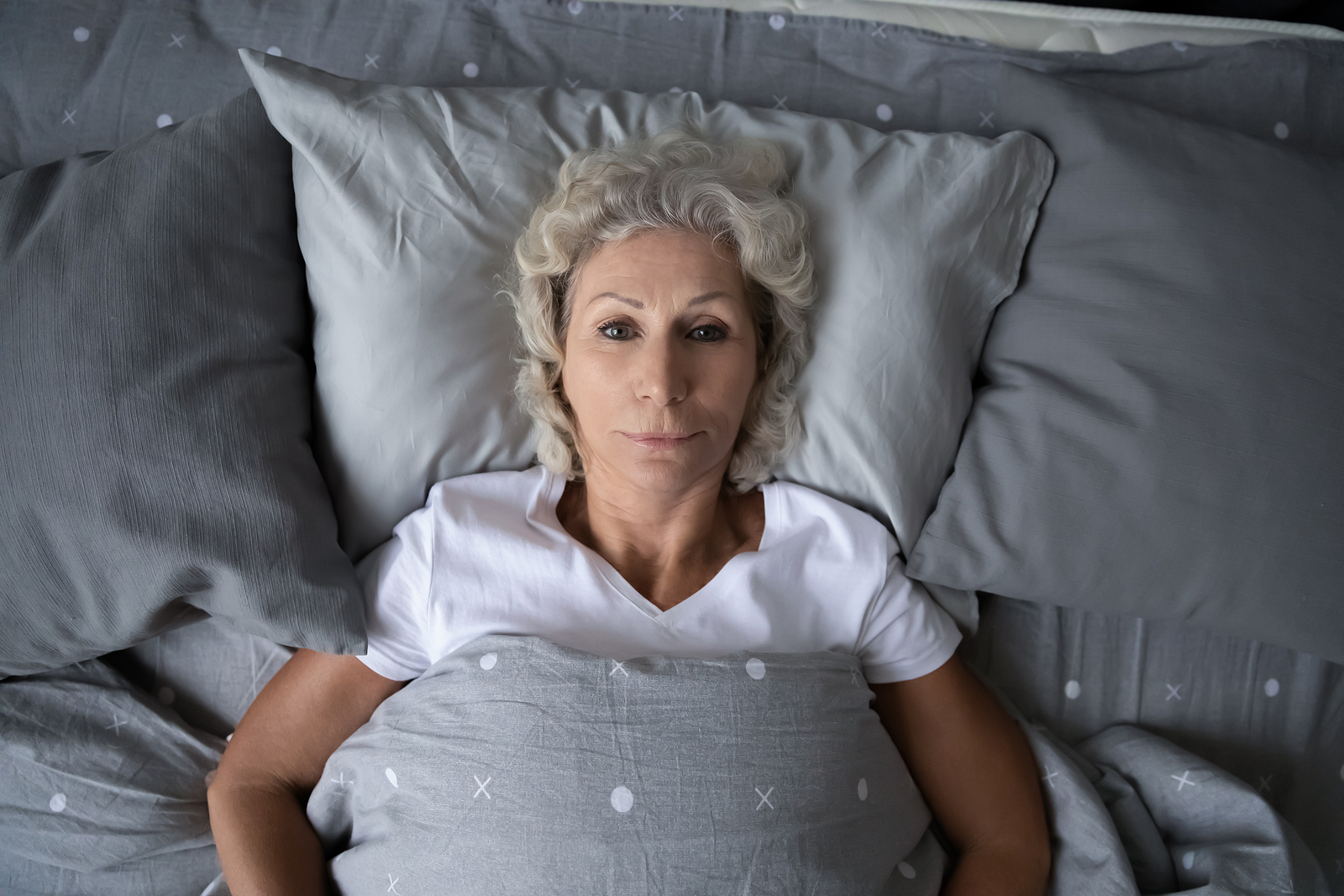
Pap Devices
Find the latest updates about the mask devices
Fisher & Paykel
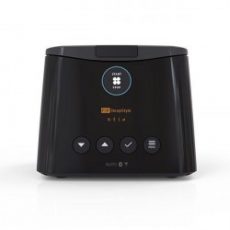
Fisher & Paykel SleepStyle Auto
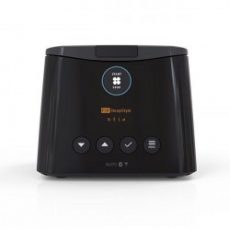
Fisher & Paykel SleepStyle
Philips
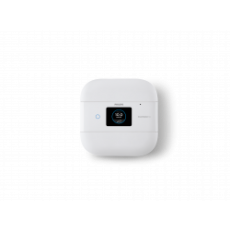
Philips DreamStation Go
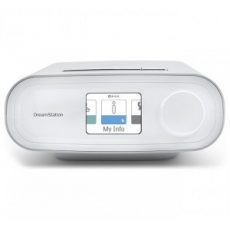
Philips DreamStation PAP/APAP
ResMed
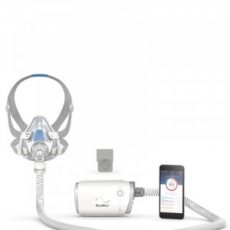
ResMed AirMini Bedside Starter Kit
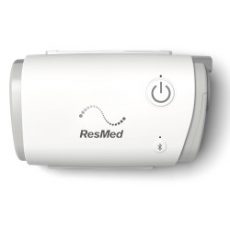
RESMED AIRMINI
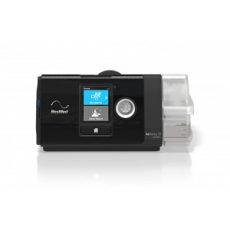
RESMED AIRSENSE 10 AUTOSET 4G
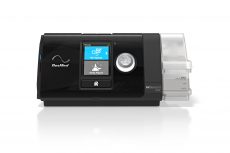
AirSense 10 Elite
BMC

